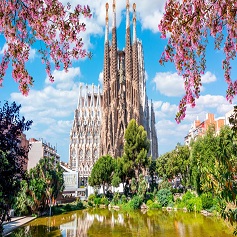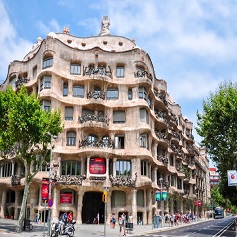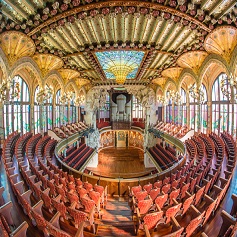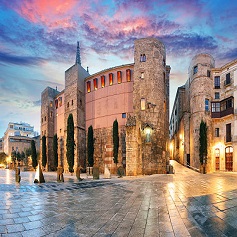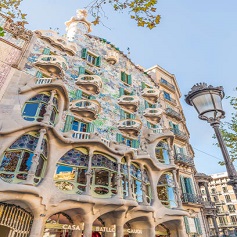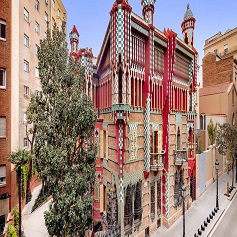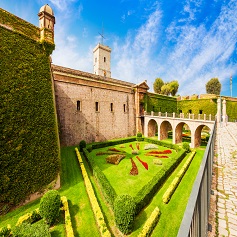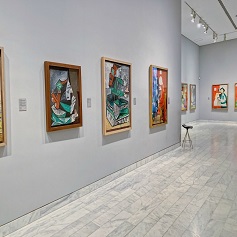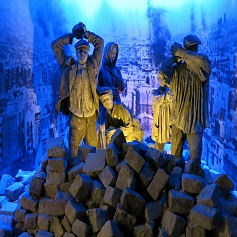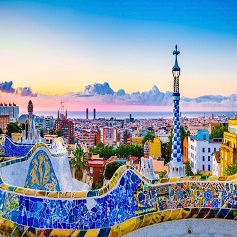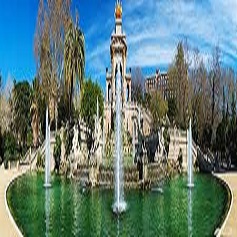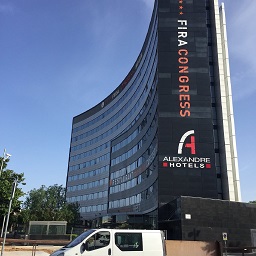
Address
Venue : Alexandre Hotel Fira Congress
Address: Poligono Industrial de la Pedrosa,
C.de Jose Agustin Goytisolo, 9, 11, 08908
L'Hospitalet de LIobregat, Barcelona, Spain
About Venue
Barcelona is the capital city of the autonomous community of Catalonia in Spain and the country's 2nd largest city, with a population of 1.6 million within its administrative limits. Its urban area extends beyond the administrative city limits with a population of around 4.5 million people, being the sixth-most populous urban area in the European Union after Paris, London, Madrid, the Ruhr area and Milan. About five million people live in the Barcelona metropolitan area. It is the largest metropolis on the Mediterranean Sea, located on the coast between the mouths of the rivers Llobregat and Besòs, and bounded to the west by the Serra de Collserola mountain range, the tallest peak of which is 512 meters high. Founded as a Roman city, in the Middle Ages Barcelona became the capital of the County of Barcelona. After merging with the Kingdom of Aragon, Barcelona continued to be an important city in the Crown of Aragon. Besieged several times during its history, Barcelona has a rich cultural heritage and is today an important cultural centre and a major tourist destination. Particularly renowned are the architectural works of Antoni Gaudí and Lluís Domènech i Montaner, which have been designated UNESCO World Heritage Sites. The headquarters of the Union for the Mediterranean is located in Barcelona. The city is known for hosting the 1992 Summer Olympics as well as world-class conferences and expositions and also many international sport tournaments. Barcelona is one of the world's leading tourist, economic, trade fair/exhibitions and cultural-sports centres, and its influence in commerce, education, entertainment, media, fashion, science, and the arts all contribute to its status as one of the world's major global cities. It is a major cultural and economic centre in south western Europe, 24th in the world (before Zürich, after Frankfurt) and a financial centre. In 2008 it was the fourth most economically powerful city by GDP in the European Union and 35th in the world with GDP amounting to €177 billion. In 2012 Barcelona had a GDP of $170 billion; it is lagging Spain on both employment and GDP per capita change. In 2009 the city was ranked Europe's third and one of the world's most successful as a city brand. In the same year the city was ranked Europe's fourth best city for business and fastest improving European city, with growth improved by 17% per year, but it has since been in a full recession with declines in both employment and GDP per capita, with some recent signs of the beginning of an economic recovery. Barcelona is a transport hub with the Port of Barcelona being one of Europe's principal seaports and busiest European passenger port, an international airport, Barcelona–El Prat Airport, which handles above 35 million passengers per year, an extensive motorway network and a high-speed rail line with a link to France and the rest of Europe.
